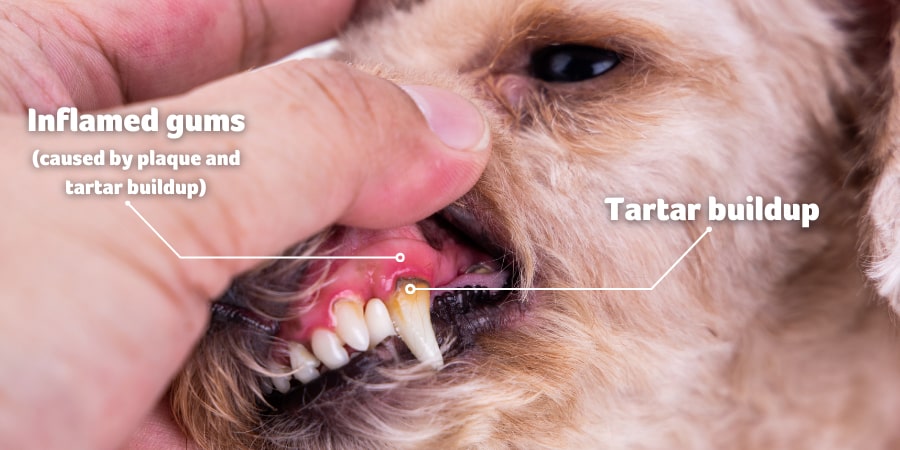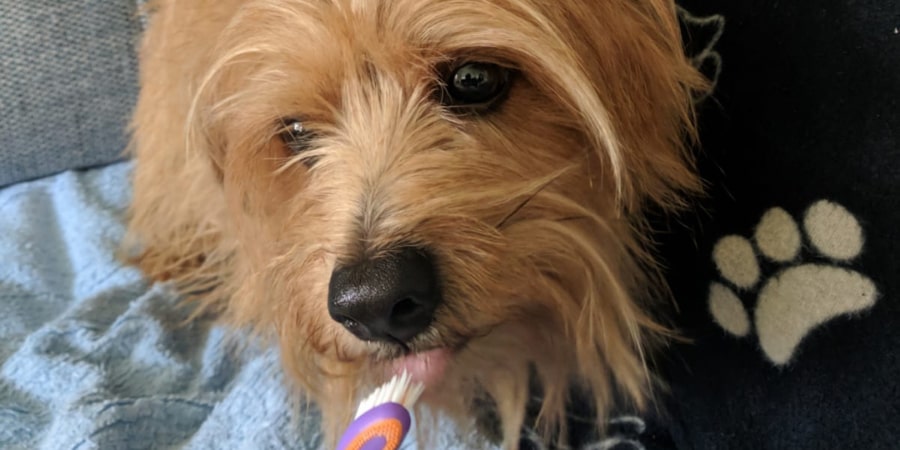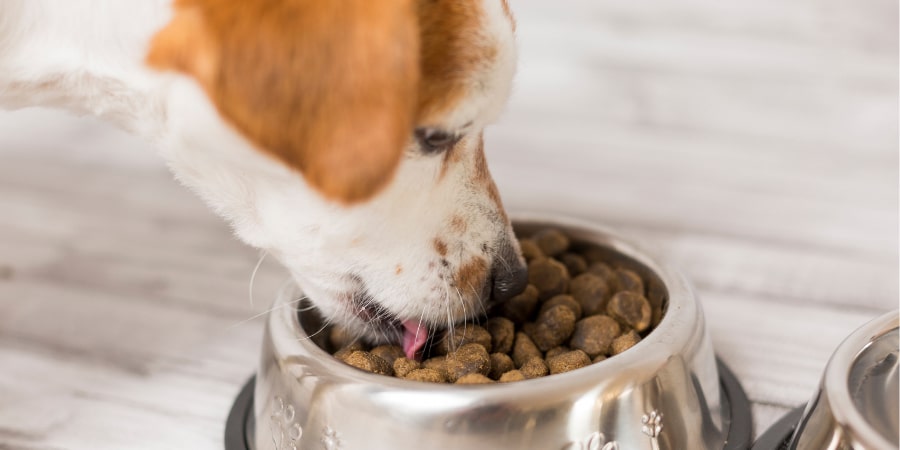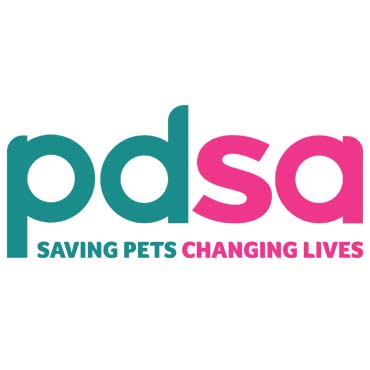Just like us, our dogs’ teeth need to be looked after. Oral hygiene is an important part of dogs’ overall health and wellbeing. If your pet’s teeth aren’t kept clean they can become coated in plaque, which may lead to dental problems.
Plaque is a sticky layer that develops from saliva, food and bacteria which can develop into a buildup of brown tartar. If not treated, this can put your pooch at risk of painful gum disease and infections, tooth loss and eventually could risk bacteria spreading to other parts of the body such as the kidney, heart and liver causing serious problems.

As humans, we know how uncomfortable dental problems can be. That’s why it’s important to take care of our four-legged friends’ teeth from the beginning to prevent pain and suffering. We’ve put together our top tips on removing plaque from your pooch’s teeth.
Brushing dogs' teeth

The best way to remove plaque is to simply brush your dog’s teeth daily with a dog toothbrush and dog-safe toothpaste. Brushing your pooch’s teeth every now and then won’t get rid of a buildup of plaque, but regular brushing will help keep their teeth and mouths healthy. Make it part of your daily routine to help you remember.
If your dog already has a buildup of tartar – a brown, tough layer close to the gum line – it’s best to seek advice from your vet. Brushing alone is unlikely to be enough to clean the teeth. Your vet will be able to discuss the best way to care for your dog’s teeth and let you know if they need any further treatment.
Sometimes it can take a while for your dog to get used to having their teeth brushed, so it’s important to take it slow at the start. Start out just getting them used to the taste of the toothpaste then build up from there. Many dogs aren’t used to having their faces touched, so it’s a good idea to reward them for letting you gently stroke or touch near their nose and mouth before even starting with a toothbrush. Fortunately, over time, most dogs will get used to tooth brushing - especially if they find a pet toothpaste that’s really tasty!
Chewing
Some chewing toys are designed to keep gums and teeth healthy by helping to remove plaque from teeth. Dental Dog Toys are pet-safe toys that help to reduce the build-up of plaque and tartar.
Dental treats can also be a great way to look after your pet’s teeth. Not only do dogs love the taste, but they can also help to prevent bad breath, plaque and tartar. Whimzees Toothbrush Dog Treats are high in fibre, low in calories and great for dental health. But remember, just like with any treats, if you’re giving your pet a dental chew, you need to reduce their normal diet to make sure they stay at their ideal weight.
While dental treats and chew toys can help, it’s always best to brush your dog’s teeth as well. Dogs tend to chew using their back teeth only so chewing won’t help the teeth at the front of their mouths (the canines and incisors).
Your dog's diet

Although it won’t help as much as brushing their teeth, it is thought feeding your dog a high quality, complete biscuit or kibble diet can help keep their mouths healthy as well as their body. You can even buy special dental diets that has kibble designed to keep the teeth clean.

